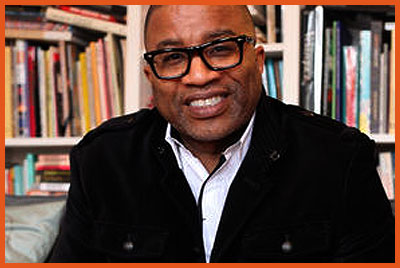While it’s been more than a week since the 2017 GRAMMY Awards, we here at MusiQology are still thinking deeply about the show’s results and their broader significance. What do the GRAMMYs tell us about the times in which they are occurring?
Among the various award categories, there is a noteworthy difference in the way they are named. Many take the moniker “Best _________,” such as “Best Rap Album” and “Best Jazz Solo Performance.” Others are the “______ of the Year,” pointing to a more general situation of the recording itself.
One of the most important points in our 2016 analysis of Taylor Swift’s victory over Kendrick Lamar was in the of-the-year-ness of the debate between the two records. Lamar’s To Pimp A Butterfly certainly had the “Best” covered: “It topped the year-end lists at 28 different major mainstream publications, including The A.V. Club, Billboard, Entertainment Weekly, Pitchfork, and Rolling Stone,” we wrote last year. “The latter declared, “Thanks to D’Angelo’s Black Messiah and Kendrick Lamar’s To Pimp a Butterfly, 2015 will be remembered as the year radical Black politics and for-real Black music resurged in tandem to converge on the nation’s pop mainstream.”
That final quote is important because more than any other album, To Pimp a Butterfly captured the zeitgeist of the prior year, with the rise of the #BlackLivesMatter movement and the continued mainstream coverage of the senseless killing of black men and women at the hands of the police. What made its defeat so galling was that it was not a matter of excellence. The album that had most accurately captured the moment was denied, delegitimizing and decentering Lamar and his critique.
We saw a similar situation in 2017. While Adele’s talent and devotion to her craft are undeniable, Knowles’s Lemonade was the soundtrack to a movement—a rallying cry for black women to get in formation with their allies behind them, leading the way with their 94% non-Trump voting record and the work of initiatives like #SayHerName that emphasized the particularities of black womanhood.
Again, what was so frustrating about the snub was not that Knowles was not recognized. She will be fine. But we see another year where black art is ghettoized, framed as something not “of-the-year” against a white, mainstream normative ideal.
In the coming weeks, the GRAMMYs will likely be something we continue to explore as a site of social history—a lens through which we can name and illustrate the ongoing presence of structural inequity. This is what the project of writing about structural racism looks like.
Gender
But what about gender? How do the GRAMMYs stack up there? Ella Fitzgerald was nominated for Album of the Year in the GRAMMYs first year, 1959. She would lose to Henry Mancini’s soundtrack to a television series, Peter Gunn. It would take three years, though, for another woman to even be nominated for the category, with Judy Garland winning for her live recording at Carnegie Hall. All in all, majority-male groups have 39 wins in the category’s 58-year history, which on the whole seems not great, but not consistent with the level of racial disconnect. Though this probably bears a deeper examination.
A Certain Kind of Black
What kind of album by a black artist gets recognized? Fitzgerald, the first black nominee, was nominated for singing the songbook of a white composer, Irving Berlin. Herbie Hancock, the most recent black Album of the Year winner (and only one of this century) won for a jazz album inspired by white folk artist Joni Mitchell. How might we think through the twelve wins by black artists, not to overgeneralize about their musicking but instead to see if a specific kind of black receives a more positive reception than others. To wit—Outkast is the only rap group to have won the award, despite 14 total nominations for rappers in the category.
Taking a Chance
This was a constant refrain from the critics of the LA Times Op-Ed: “How can you say the GRAMMYs are racist when Chance the Rapper won Best New Artist?” Chancelor Bennett was the night’s breakout star, though again, most of his wins came in raced categories. But Best New Artist was notable—the first black rapper ever; first black artist since Esperanza Spalding in 2011; fourth black artist of the century; and so on. What this project wants to do is to broaden our understanding of (and response to) the claim that “X is racist.” Taken as a conversation-ender in contemporary discourse, I am attempting to illustrate that we can work productively after the (apparently controversial) claim that there may be some systemic bias in how the GRAMMY selection committees understand excellence.

 Share On Facebook
Share On Facebook Tweet It
Tweet It







